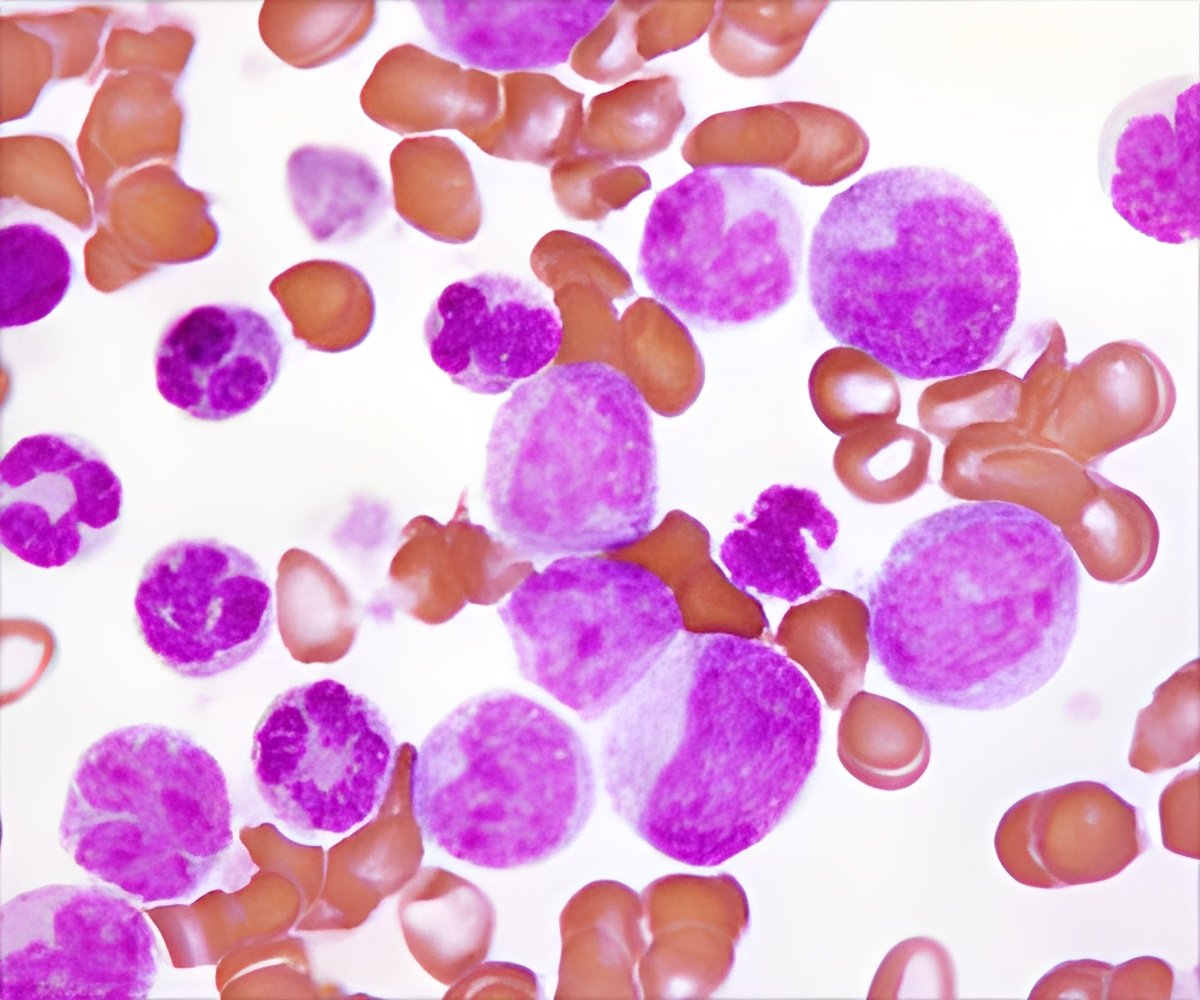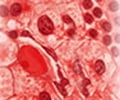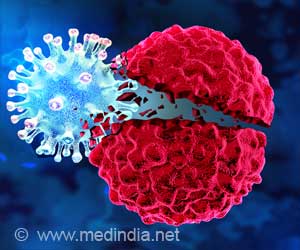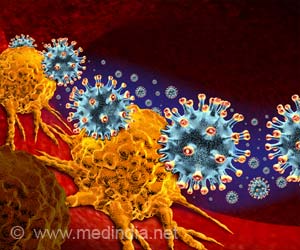AML is a blood cancer characterised by the rapid growth of abnormal white blood cells, and its incidence increases with age.

‘Acute Myeloid Leukemia patients who have undergone chemotherapy can test for the presence of DNMT3A mutations through the testing of blood samples to determine if the cancerous cells are still present and the likelihood of a relapse.’





The findings, which were published online in Blood, a medical journal published by the American Society of Hematology, contribute to the understanding of the underlying molecular causes of FLT3-ITD AML and present opportunities for scientists to develop effective targeted therapies.Poor clinical outcomes associated with FLT3-ITD AML
AML is a blood cancer characterised by the rapid growth of abnormal white blood cells, and its incidence increases with age. AML arises as a result of acquired or inherited DNA mutations. About 20 to 30 per cent of AML patients have a type of genetic mutation called FLT3-ITD, which encourages aberrant growth of cancer cells. The prognosis for this subgroup of patients is commonly associated with poor clinical outcome and increased relapse rates.
Although 70 percent of FLT3-ITD AML patients achieve a complete remission with conventional chemotherapy, the majority of these patients eventually relapse and die of therapy-resistant leukemia. Therefore, there is an urgent a need to identify genomic abnormalities underlying this AML subtype both at diagnosis and relapse to help scientists better understand this disease.
The research team at CSI Singapore, tested 80 patient samples to uncover the mutational spectrum associated with the relapse of the disease. The team searched for mutations on genes which are essential for cell maintenance and identified a set of genes, specifically DNMT3A, to be recurrently mutated.
Advertisement
"The findings from this study suggest that chemotherapy may have induced further gene mutations in patients with FLT3-ITD AML, which eventually causes majority of these patients to eventually suffer from relapse and develop therapy-resistant leukemia with poor survival rate. Specifically, we found that DNMT3A mutations are the most stable mutations. Therefore, patients who have undergone chemotherapy can test for the presence of DNMT3A mutations through the testing of blood samples to determine if the cancerous cells are still present and the likelihood of a relapse. It can also serve as a marker at the point of diagnosis for the selection of appropriate treatment," said Prof Koeffler.
Advertisement
Source-Newswise











